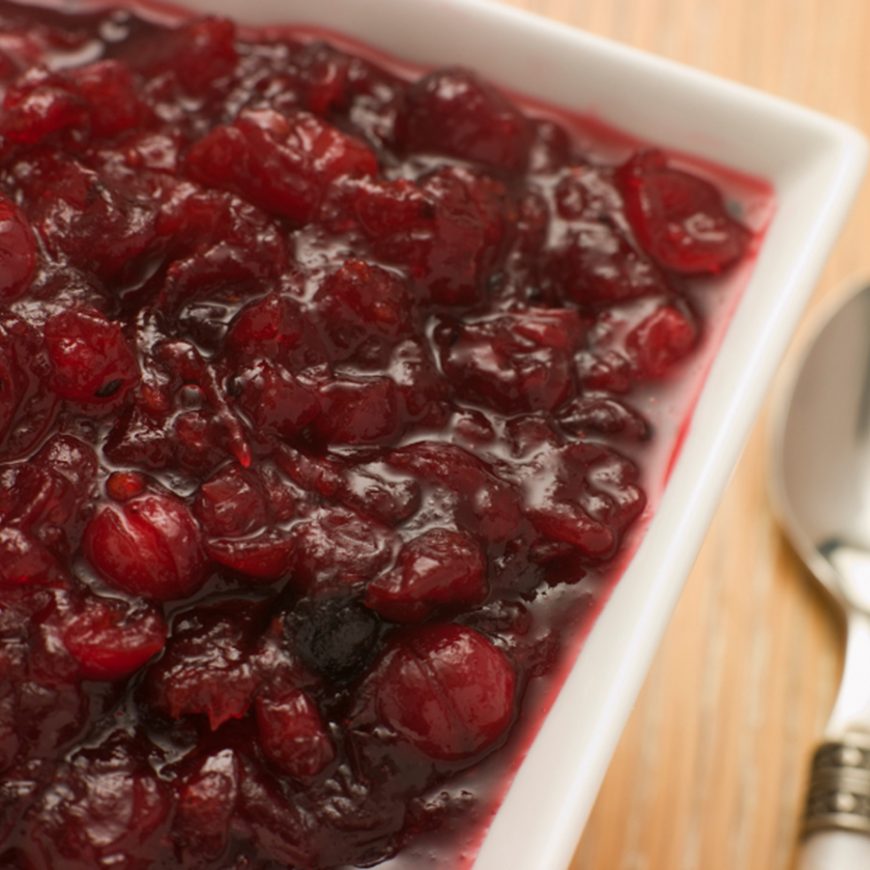Millennium Mead
Ingredients
- 15 lb honey (Clover or Wildflower)
- 4 tsp yeast nutrient
- 1 1/2 tap yeast energizer
- 1/2 tsp Irish moss
- • Yeast 3632 Dry Mead yeast, or White Labs 715 Champagne yeast
- 3 gal pre-boiled and cooled water
- 1 C corn sugar at bottling time
Instructions
-
The day before you make the mead, make a yeast started. On the day you are making the mead, set the honey containers in a sick with hot water to soften the honey. Clean and sanitize the funnel and strainer, carboy/bucket, bung with hole or lid, and fermentation lock. Put the Irish moss in a cup with a small amount of water to hydrate it. Boil 2 gallons of water in the stockpot for 10 minutes (you can add your wort chiller, spoon, and thermometer during the boil to sterilize them). Turn off the heat and allow the water to cool to approximately 160 F. Stir in the honey, and then re-apply heat to get it to 160 F again. Add 1 tsp yeast nutrient and 1/2 tsp hydrated Irish moss and hold at 160 F for 20 minutes.
After the 20 minutes is up, use your wort chiller and/or a sink with cold ice water to quickly cool the must to 65-70 F. When cooled, pour the must into a sanitized fermentation vessel (glass carboy or bucket). Add the pre-boiled and cooled water to the fermenter to bring the volume up to 5 gallons and shake the fermenter to mix up the must. Take an original gravity reading with your hydrometer. If the must is 65-70 F, pitch the yeast and aerate well. Attach the fermentation lock and add liquid to it.
After 24 hours, add 1 tsp yeast nutrient and 1/2 tsp yeast energizer. Use the end of your long spoon or a wine degasser to stir the must. Stir gently at first, and after a bit stir it a little more vigorously.
After 48 hours, add 1 tsp yeast nutrient and 1/2 tap yeast energizer. Stir the must gently and then more vigorously.
After 72 hours, add 1 tsp yeast nutrient and 1/2 tap yeast energizer. Stir the must gently and then more vigorously. Allow the mead to ferment for about 6 more weeks. When the activity in the fermentation lock has slowed to one bubble every 30 seconds or more, transfer the mead to the secondary fermenter. Take a gravity reading at this time. Allow mead to bulk age for a few months. when the mead has cleared, it is ready to bottle.
*Recipe Courtesy of the American Homebrewers Association




